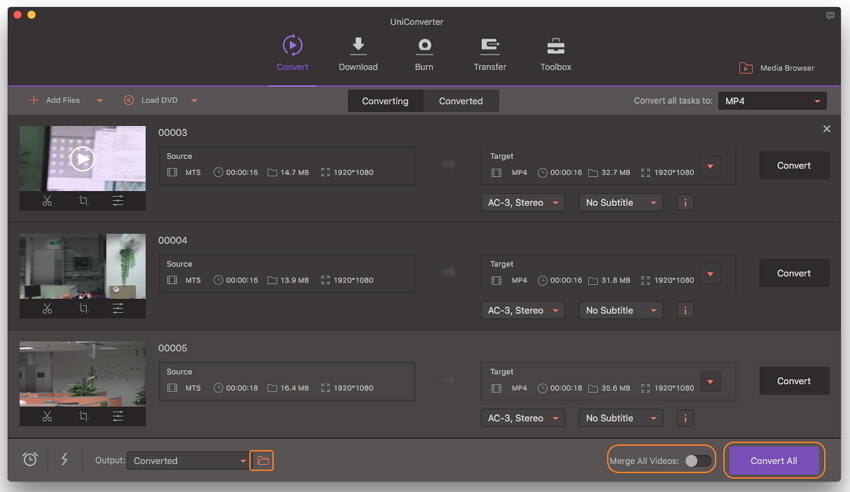
Rewrapping or transcoding to a format like ProRes has it’s benefits too. ClipWrap can either rewrap the footage with a codec FCPX recognizes (a faster process) or transcode it completely. But if you do have more time on your hands, you might consider transcoding the footage using a program like ClipWrap. This is great if you’re editing a project that has to be completed the same day you shot it. Another benefit is that while’s it’s importing and converting the footage, you can start editing.

One benefit of importing this way is that FCPX will import all the metadata as well. ).īut, I could bypass FCPX import conversion altogether… Importing vs. Clip #1, Clip #2, etc.) When imported into FCPX, they are renamed internally based on the year and date (e.g. You’ll notice that the names of the clips are just chronological numbering (e.g. Here are how those files look in the FCPX import window. mts video files as they appear in the Finder.

(Technically, I guess once imported I could delete the original folder since I’ll always have a back up anyway. This was a pain for me because typically I just reference footage, so as to conserve disk space. That means in essence you will be duplicating your footage.
#CLIPWRAP NO AUDIO AVCHD ARCHIVE#
MOV files and copied to the “Original Media” folder.) You’ll notice that you won’t have the option to uncheck “Copy Media to Events Folder.” That’s because FCPX reads the archive as if it were a card. Then from within the FCPX import window, navigate to the folder, and voila, you’ll see the video clips and be able to import then as normal (They’ll be converted to H.264. Copy the whole card just as it is, onto your drive. Thankfully, FCPX can import AVCHD footage from a hard drive, but you need to make sure you preserve the original file structure. All my footage was double-backed up, but I didn’t want to format the card until I was confident FCPX wouldn’t need the actual card to import. So when I was on a shoot a couple of weeks ago with the C100, I got to a point where I needed to reformat one of the cards. Apparently in earlier versions of FCPX you couldn’t do this. In Final Cut 7, once you had the special AVCHD plugin installed, you could import AVCHD footage via Log and Transfer.

It’s not like what you see on a traditional DSLRS which have. What makes it such a pain to use is that cameras that use it create this complex file structure in which the video is buried. the Canon’s C100, Sony’s FS100, the Panasonic’ GH2 to name a few). As many of you probably know, AVCHD is a proprietary video format developed by Sony and Panasonic that is used in a number of cameras (e.g.
#CLIPWRAP NO AUDIO AVCHD PRO#
A few weeks ago I was editing my first AVCHD project in FCPX (I’ve edited AVCHD projects in legacy versions of FCP, but not yet in FCPX), and I’ll be darned if I didn’t have a heck of a time finding definitive information about the proper procedure for importing AVCHD video into Final Cut Pro X.


 0 kommentar(er)
0 kommentar(er)
